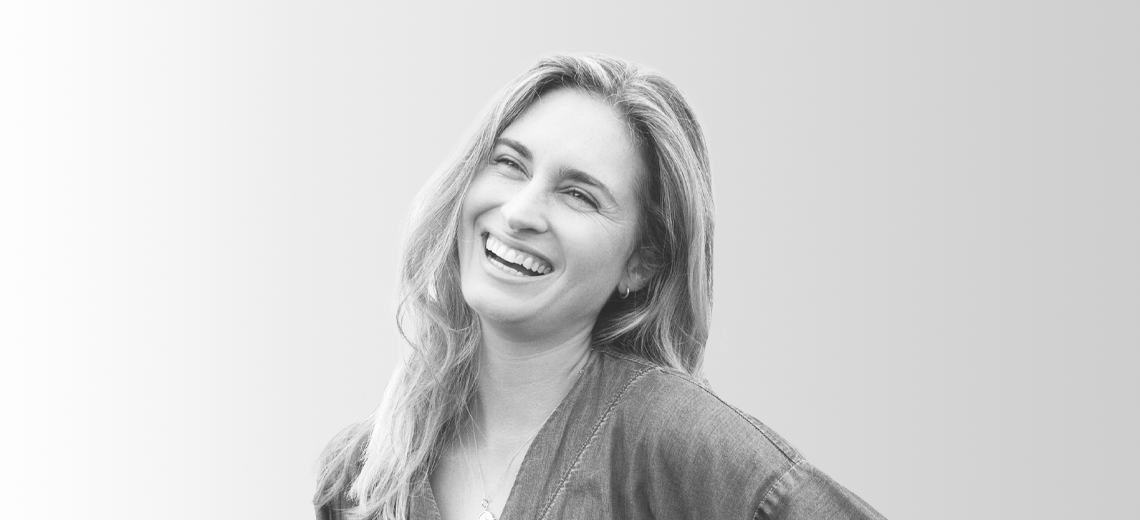This is an episode of the Glossy Fashion Podcast, which features candid conversations about how today’s trends are shaping the future of the fashion industry. More from the series →
Subscribe: Apple Podcasts • Spotify
In the mid-2000s, you couldn’t go anywhere without seeing someone carrying a Feed tote bag. The reusable tote bag, made of burlap and stamped with “FEED THE CHILDREN OF THE WORLD,” swept the fashion world which was just becoming familiar with charitable-focused brands.
Flash forward 15 years, and Feed is now a registered B-Corp brand that has provided over 126 million school meals to children in need. Alongside Toms shoes, Feed was an early brand to make a name for itself through a charitable initiative. While Toms gives away one pair of shoes to someone in need for every purchase made, Feed instead donates a fixed amount of money from each product sold, which is built into the cost of the product. For example, a purchase of the Feed 10 Bag helps provide 10 school meals for children in need. Feed works with two giving partners: the U.N. World Food Programme for global giving and No Kid Hungry for U.S. domestic giving. The dollar amount is donated by Feed to one or both of its giving partners, which then allocate and distribute meals through their network of governments, schools and relief workers around the globe. Glossy readers can use code GLOSSY15 for 15% off sitewide through August 31.
“Our brand, products and business model have evolved with the times and consumer demand, but the mission hasn’t changed,” said Lauren Bush Lauren, co-founder and CEO of Feed.
Over the years, Feed has expanded its assortment beyond its iconic tote bags to include home goods items like aprons and mugs, as well as wallets and crossbody bags. It has had partnerships in the past with beauty brand Clarins and also Ralph Lauren, via a capsule collection. In addition, it sold through Whole Foods and Target in its early years.
Glossy Podcast host Jill Manoff spoke with Bush Lauren about the ins and outs of Feed, including what role wholesale plays, how the company has focused on sustainability and whether the so-called rise of the conscious consumer has worked to the company’s advantage.
DTC vs. Wholesale
Ad position: web_incontent_pos1
“When I started Feed, I started with my small savings [from modeling]. My instinct and strategy initially was to partner with mission-aligned bigger brands and retailers in order to get our brand and products out into the world, via their stores and their sales channels. So much of the first 8-years of Feed were larger partnerships with everyone from Whole Foods, Gap, Target and Clarins. Five or six years ago, [we decided] to continue doing these partnerships when they make sense — but we also need to have that direct relationship with our community and with our customers. We pivoted and built the team out to be a DTC brand.”
Feed’s sustainable evolution
“Feed started as a people-focused company, and our No. 1 mission is to raise awareness and money to give school meals to feed kids around the globe. From the first day, Feed was a reusable bag company when reusable bags were sort of still a novel idea. Yet, there’s still so much we as a company can and plan to do. We have a percentage goal, in terms of how much more GOTS-certified organic cotton we want to use and how much recycled PET [plastic] is in the materials we use. There are so many touchpoints, in terms of just our impact in making a product and selling a product. While people are our primary focus and goal, the planet is certainly right there alongside it.”
The rise of the conscious consumer
“Consumers are a lot more discerning about what greenwashing or good washing is, which is awesome. If quality and price are the same [between two products], the differentiator is the values of a company and what they’re doing for the world, which will push consumers hopefully over the edge to purchase. I don’t know if consumers right now are at a place where they’re going to spend considerably more [money] in order to get those products. That has been something I’ve learned throughout the years, and I think it’s still true now. Conscious consumerism has evolved from when I started Feed to now be kind of referred to as activism consumerism. A lot of consumers will buy or boycott a brand or company based on their values and their practices and how they treat their employees and how they manufacture goods. Brand and business leaders can no longer sit on the sidelines of hot-button and timely social issues. Brands have to do more and step up more; that’s the expectation of consumers, especially younger consumers.”


